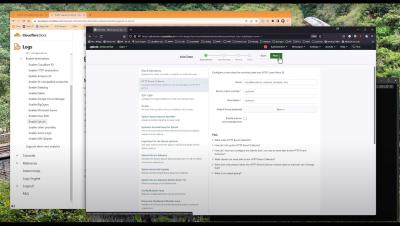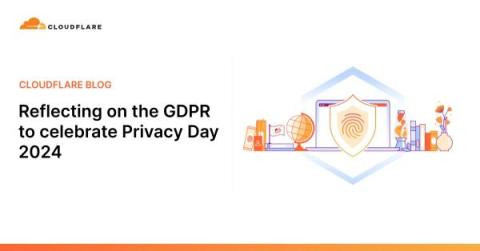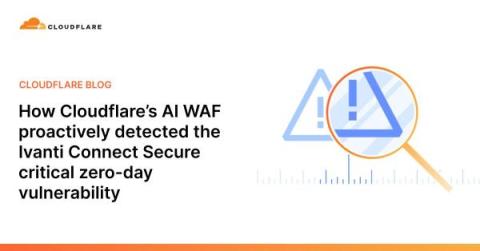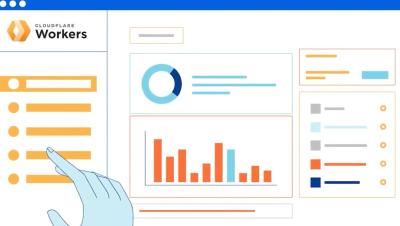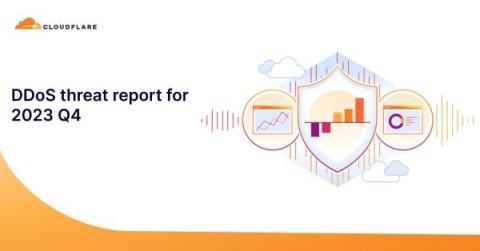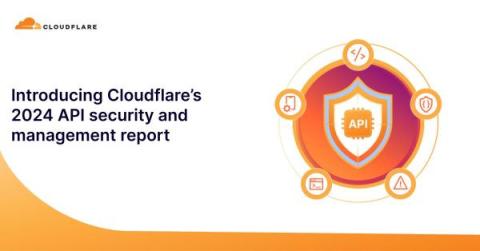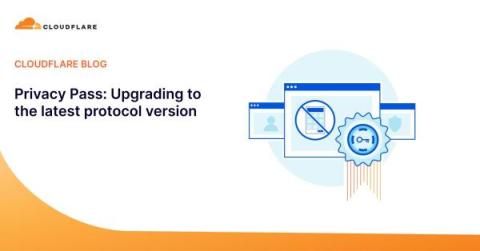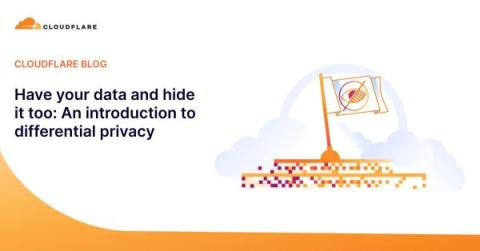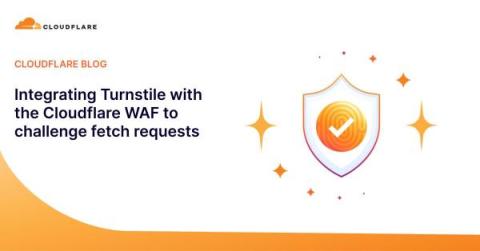Security | Threat Detection | Cyberattacks | DevSecOps | Compliance
Cloudflare
Reflecting on the GDPR to celebrate Privacy Day 2024
How Cloudflare's AI WAF proactively detected the Ivanti Connect Secure critical zero-day vulnerability
Cloudflare: An Innovative Force
DDoS threat report for 2023 Q4
Welcome to the sixteenth edition of Cloudflare’s DDoS Threat Report. This edition covers DDoS trends and key findings for the fourth and final quarter of the year 2023, complete with a review of major trends throughout the year.
Introducing Cloudflare's 2024 API security and management report
You may know Cloudflare as the company powering nearly 20% of the web. But powering and protecting websites and static content is only a fraction of what we do. In fact, well over half of the dynamic traffic on our network consists not of web pages, but of Application Programming Interface (API) traffic — the plumbing that makes technology work.
Privacy Pass: Upgrading to the latest protocol version
The challenge of telling humans and bots apart is almost as old as the web itself. From online ticket vendors to dating apps, to ecommerce and finance — there are many legitimate reasons why you'd want to know if it's a person or a machine knocking on the front door of your website. Unfortunately, the tools for the web have traditionally been clunky and sometimes involved a bad user experience.
Have your data and hide it too: An introduction to differential privacy
Many applications rely on user data to deliver useful features. For instance, browser telemetry can identify network errors or buggy websites by collecting and aggregating data from individuals. However, browsing history can be sensitive, and sharing this information opens the door to privacy risks. Interestingly, these applications are often not interested in individual data points (e.g.
Don't Let the Cyber Grinch Ruin your Winter Break: Project Cybersafe Schools protects small school districts in the US
As the last school bell rings before winter break, one thing school districts should keep in mind is that during the winter break, schools can become particularly vulnerable to cyberattacks as the reduced staff presence and extended downtime create an environment conducive to security lapses. Criminal actors make their move when organizations are most vulnerable: on weekends and holiday breaks.
Integrating Turnstile with the Cloudflare WAF to challenge fetch requests
Two months ago, we made Cloudflare Turnstile generally available — giving website owners everywhere an easy way to fend off bots, without ever issuing a CAPTCHA. Turnstile allows any website owner to embed a frustration-free Cloudflare challenge on their website with a simple code snippet, making it easy to help ensure that only human traffic makes it through.


